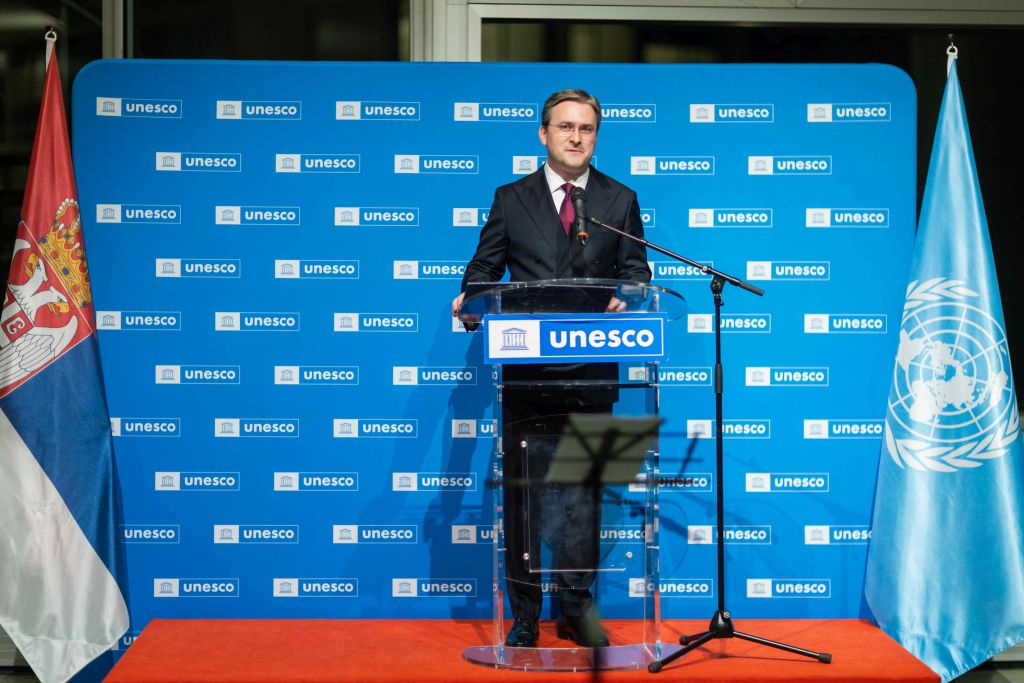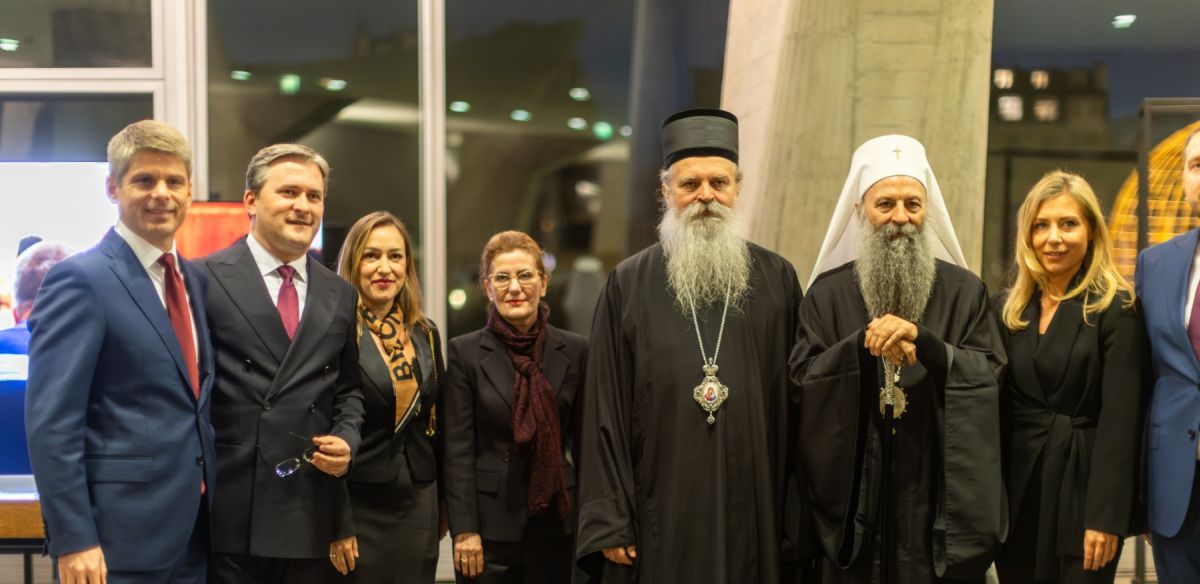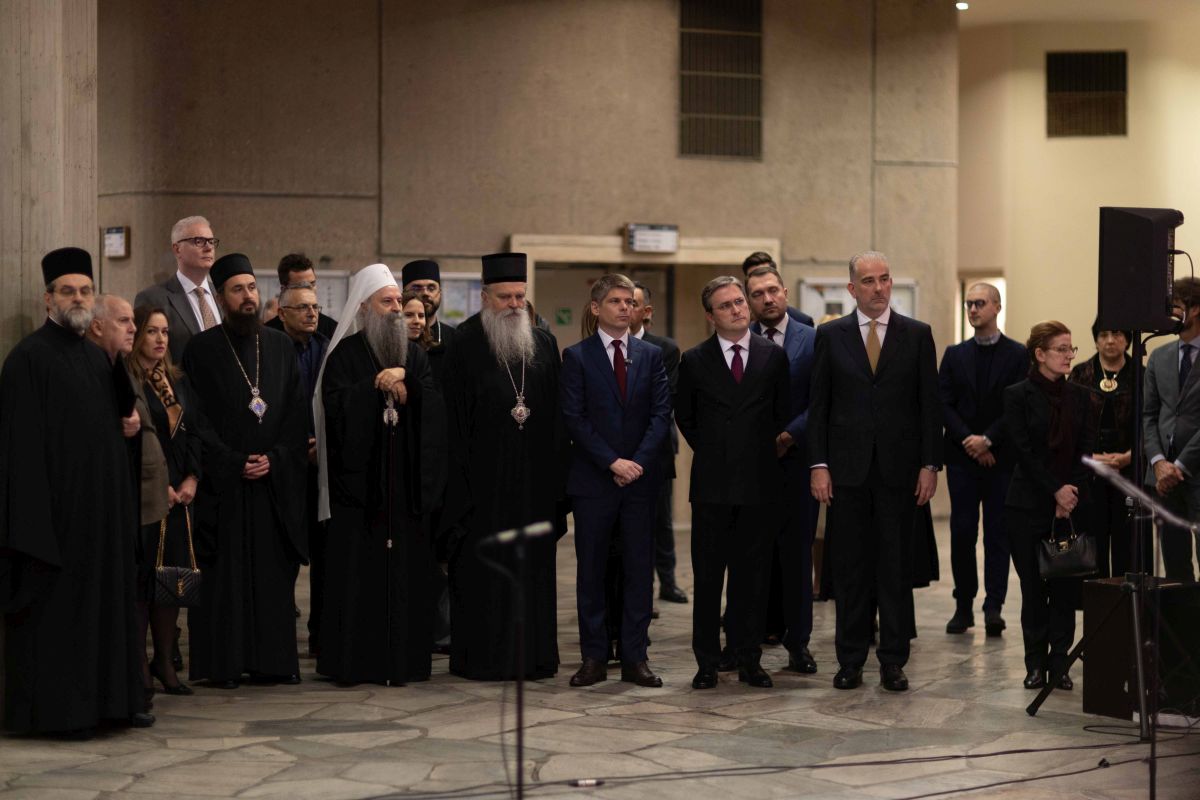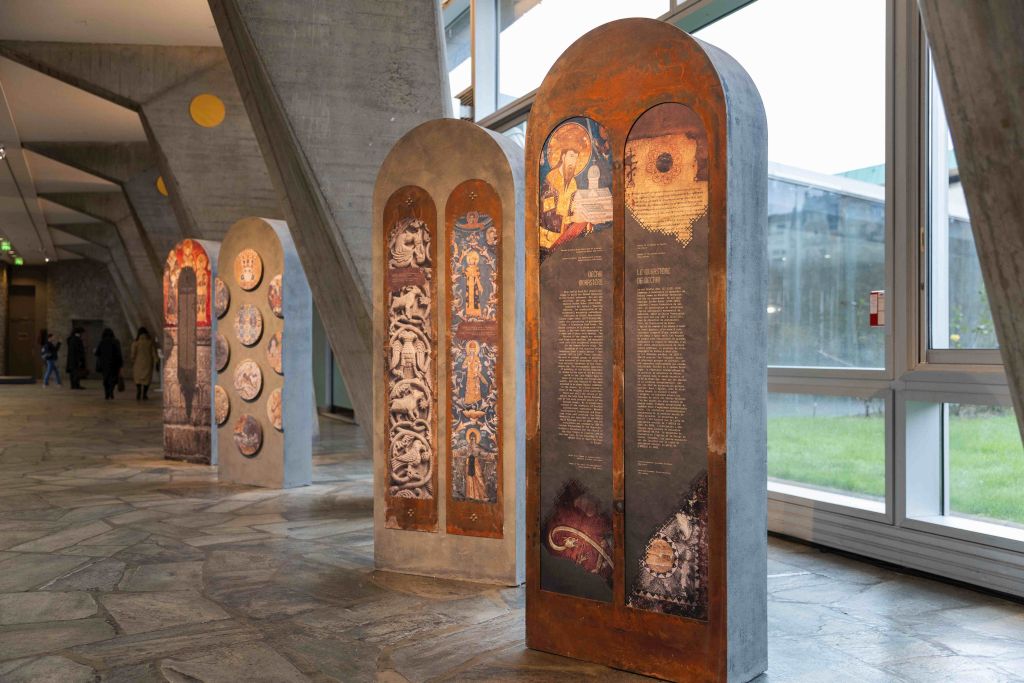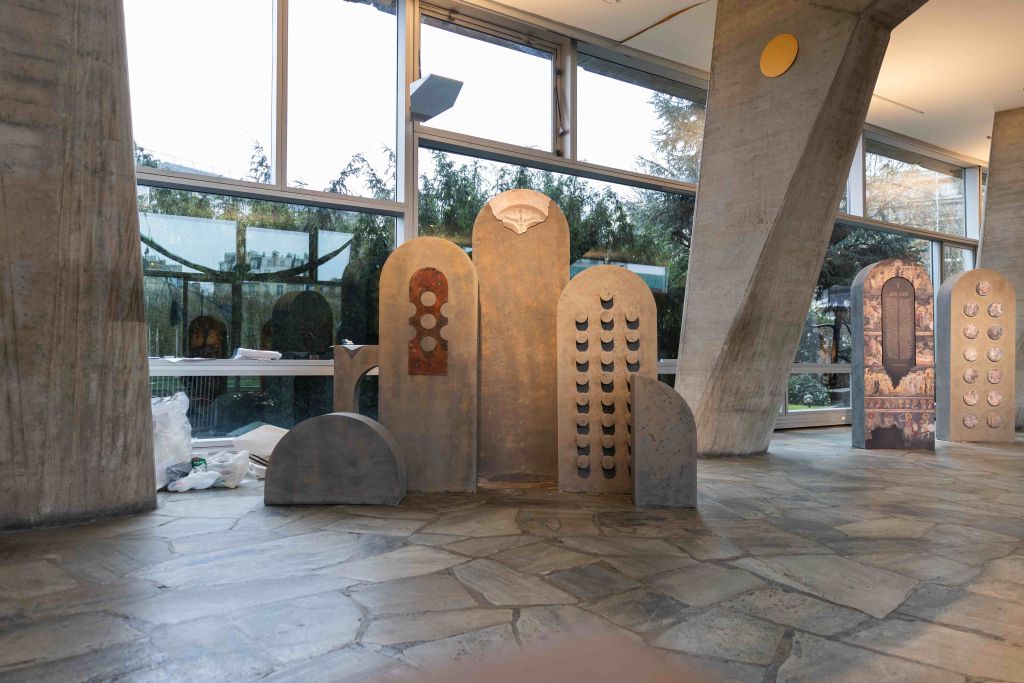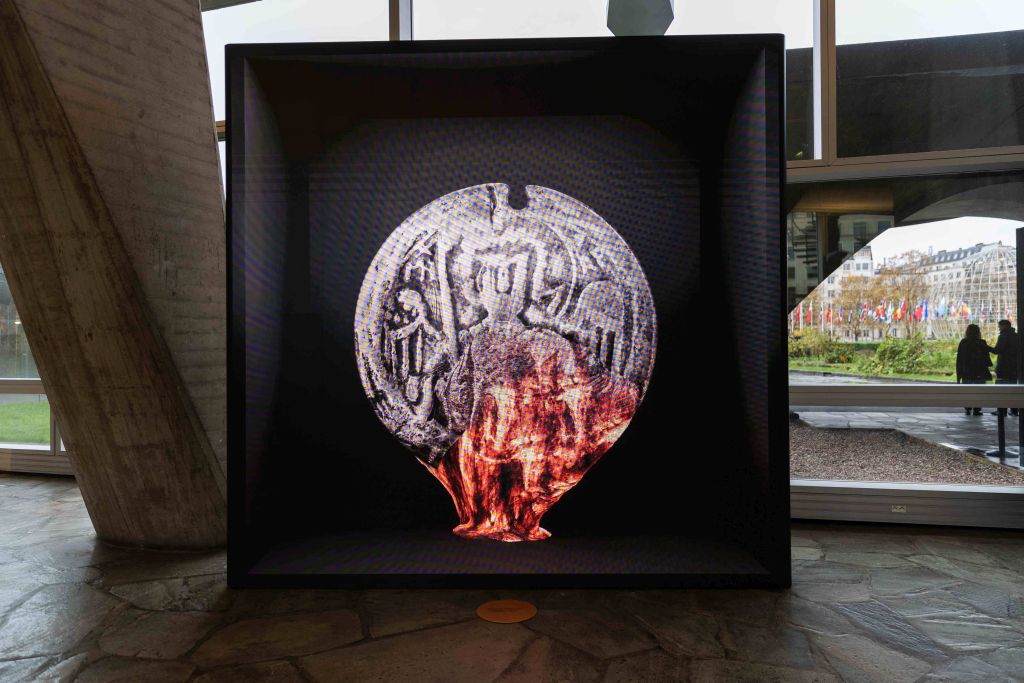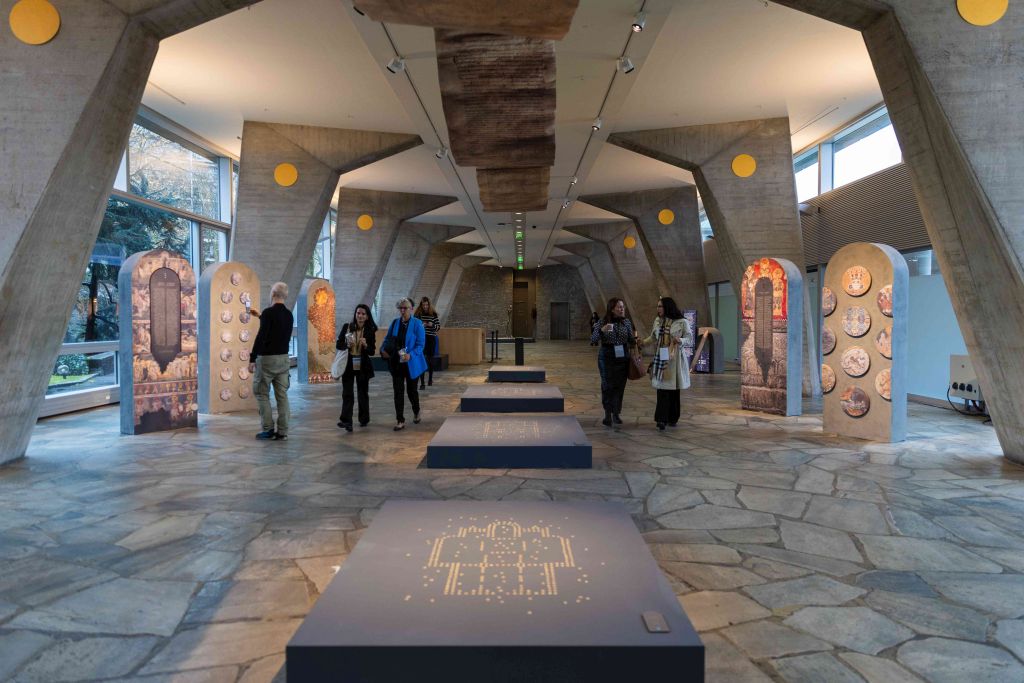Minister of Culture Nikola Selaković attended this evening, at the UNESCO headquarters in Paris, the opening of an exhibition dedicated to cultural assets in Kosovo and Metohija, which are inscribed on the List of World Heritage in Danger – the monasteries of Dečani and Gračanica and the Patriarchate of Peć, as well as the Church of the Holy Virgin of Ljeviša in Prizren.
- Serbia
Get to know Serbia
- Citizens
Culture and science
Health services
Pension and disability insurance
- Business
Employment
Economy
- Media
- Government
- Contact
Keep in touch
Keepin touch
Whether you have a question, comment, suggestion or any problem in the purview of the government, send us your message and we will try to respond as soon as possible. If your problem is not in our purview, we will forward your message to the relevant institution.
Serbian monasteries in Kosovo and Metohija most endangered cultural assets in Europe
Speaking to those present, Selaković emphasised that our country is fully committed to the principles and priorities of UNESCO, as well as to the achievement of common goals and initiatives within the UN, including the initiative to establish a specific goal for culture after 2030.
The Minister recalled that the Serbian cultural heritage in Kosovo and Metohija is still, in the 21st century, one of the most endangered cultural assets in Europe.
He warned that attacks on Serbian heritage, attempts to rename and falsify history have become almost an everyday occurrence, recalling that in the period 2023-2024 alone, 31 attacks occurred, most of which were aimed at the destruction and desecration of cultural assets.
Selaković emphasised that the period after the end of the war in the Autonomous Province of Kosovo and Metohija in June 1999 was particularly dramatic.
Namely, at that time, in organised attacks, a large number of Serbian churches and monasteries were desecrated, damaged or completely destroyed. Some works of Serbian medieval architecture and painting from the 14th and 15th centuries were also permanently removed from the face of the earth, using explosives, he said.
The Minister specified that 34 churches and monasteries were destroyed, burned and damaged, and three cemeteries were demolished.
Selaković underlined that it is necessary to draw attention to another particular aspect of the threat to Serbian medieval monuments in Kosovo and Metohija, through forgery, explaining that this is done through the falsification of data about their origin.
Photos by: kultura.gov.rs
-
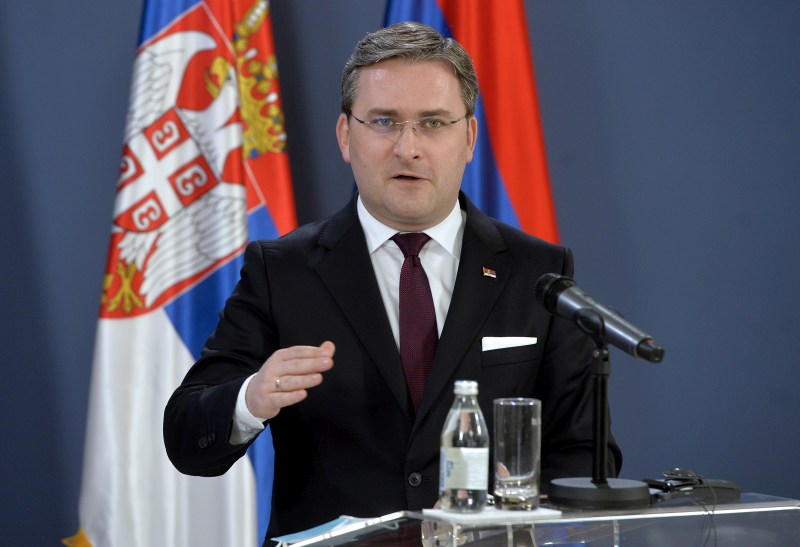 Belgrade, 10 April 2025
Belgrade, 10 April 2025Serbia to bid for valuable Uroš Predić painting for National Museum
-
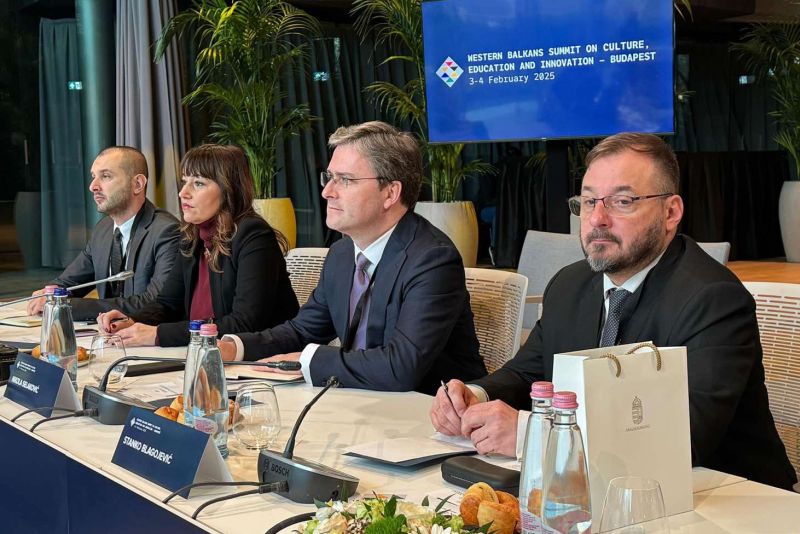 Belgrade/Budapest, 4 February 2025
Belgrade/Budapest, 4 February 2025Commitment to improving cultural cooperation with countries in region, Hungary
-
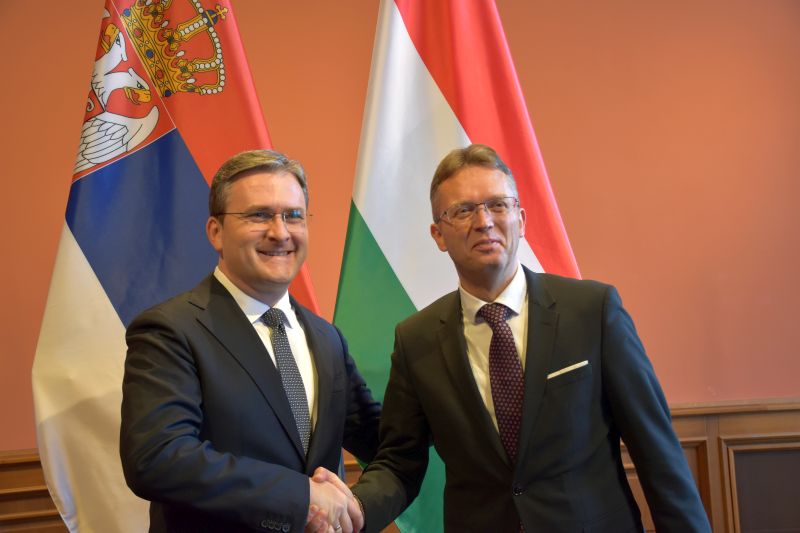 Belgrade/Budapest, 16 December 2024
Belgrade/Budapest, 16 December 2024Serbia, Hungary agree on projects to strengthen cultural cooperation
-
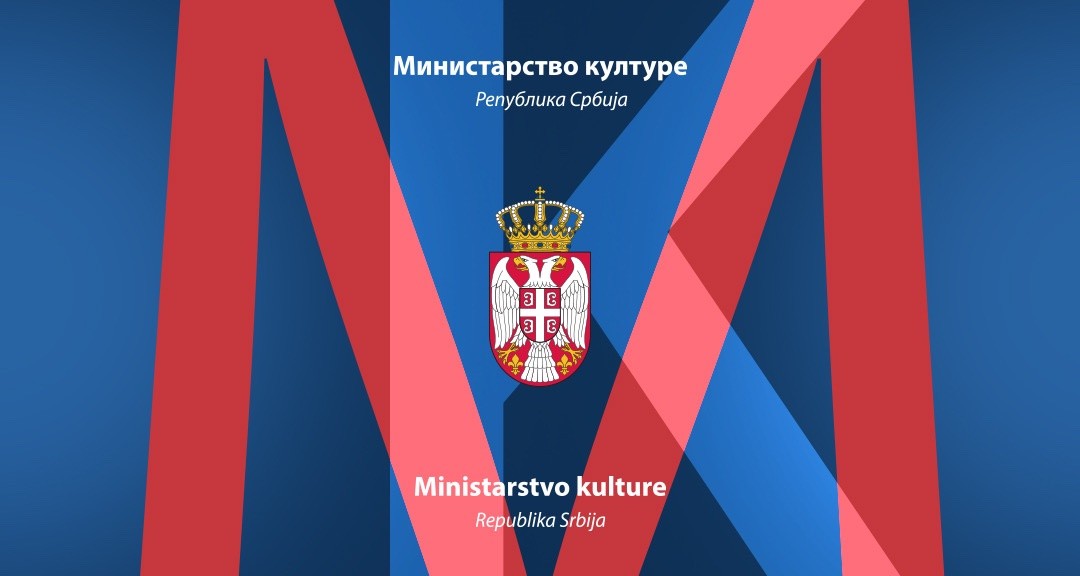 Belgrade, 12 December 2024
Belgrade, 12 December 2024Valuable documentary material of Serbian scientist Mileva Marić Einstein acquired
-
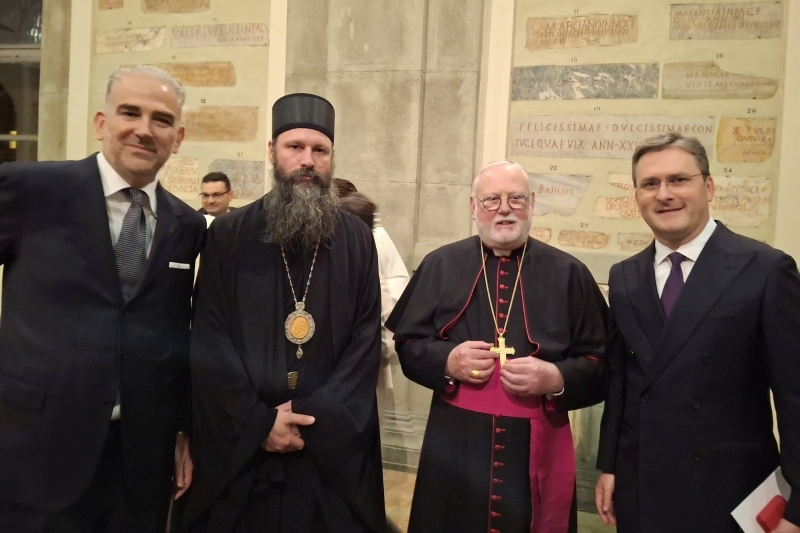 Belgrade/Vatican, 8 December 2024
Belgrade/Vatican, 8 December 2024Selaković attends ceremony of inducting new cardinals into office in Vatican
-
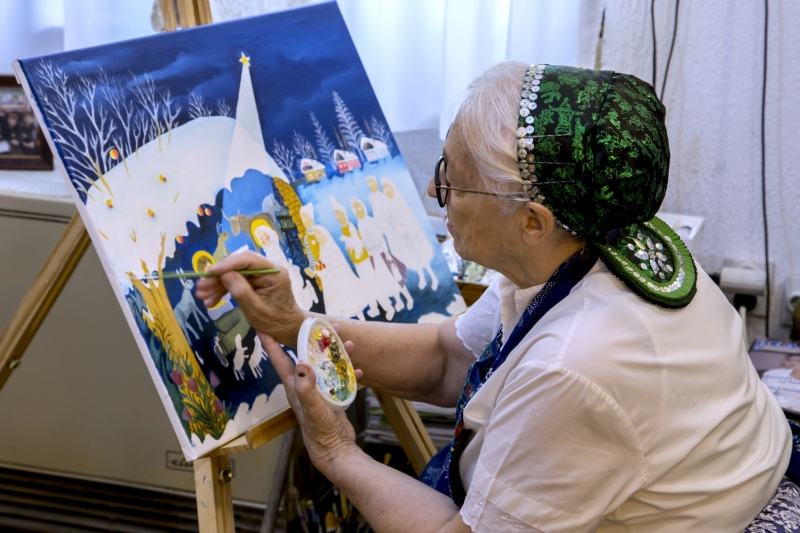 Belgrade, 3 December 2024
Belgrade, 3 December 2024Kovačica naïve art on UNESCO's List of Intangible Cultural Heritage
-
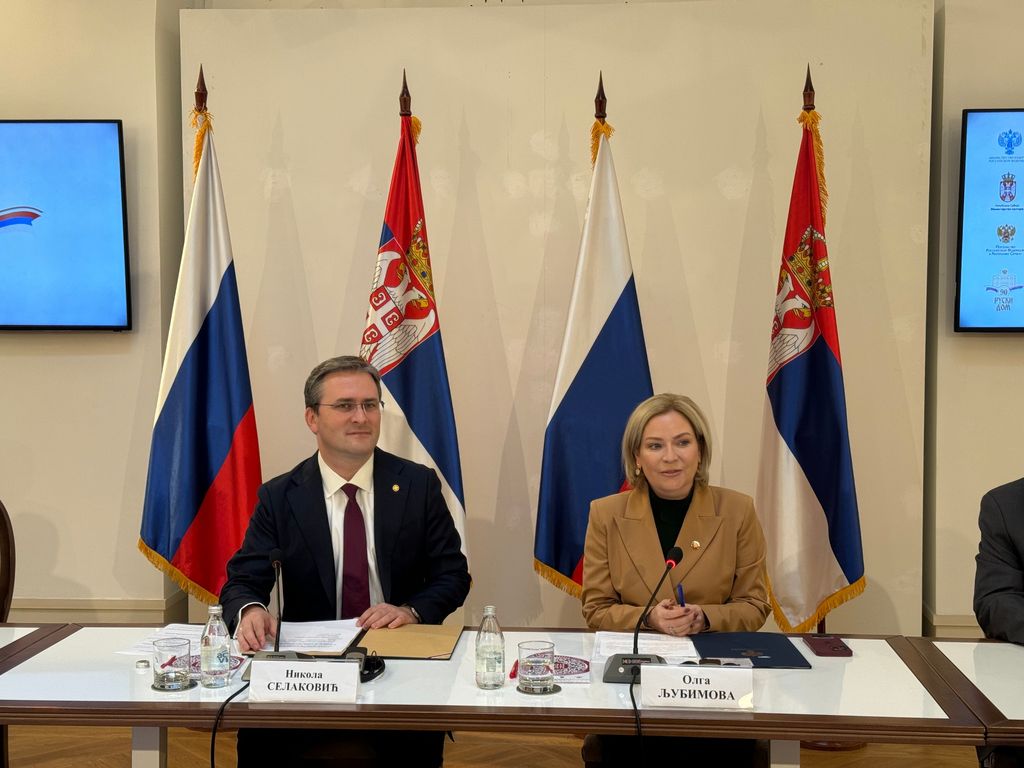 Belgrade, 28 November 2024
Belgrade, 28 November 2024Strengthening cultural cooperation between Serbia, Russian Federation
-
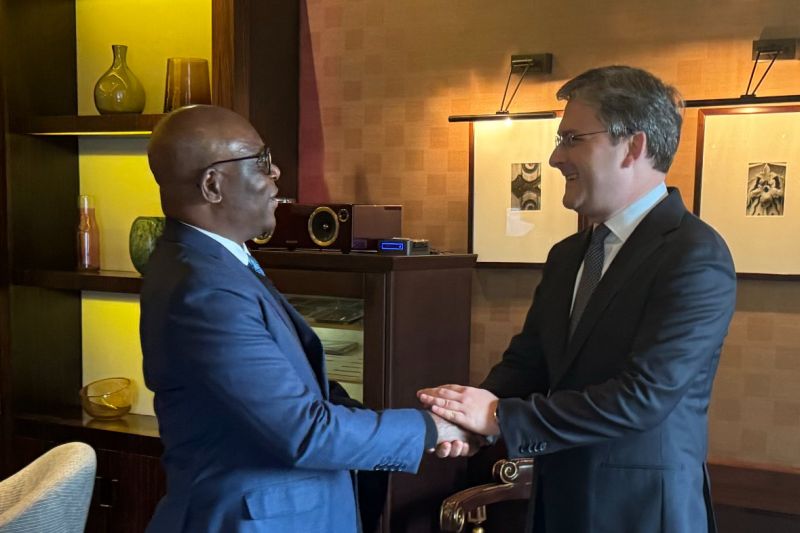 Belgrade, 27 November 2024
Belgrade, 27 November 2024New opportunities for improving cultural cooperation with Equatorial Guinea
-
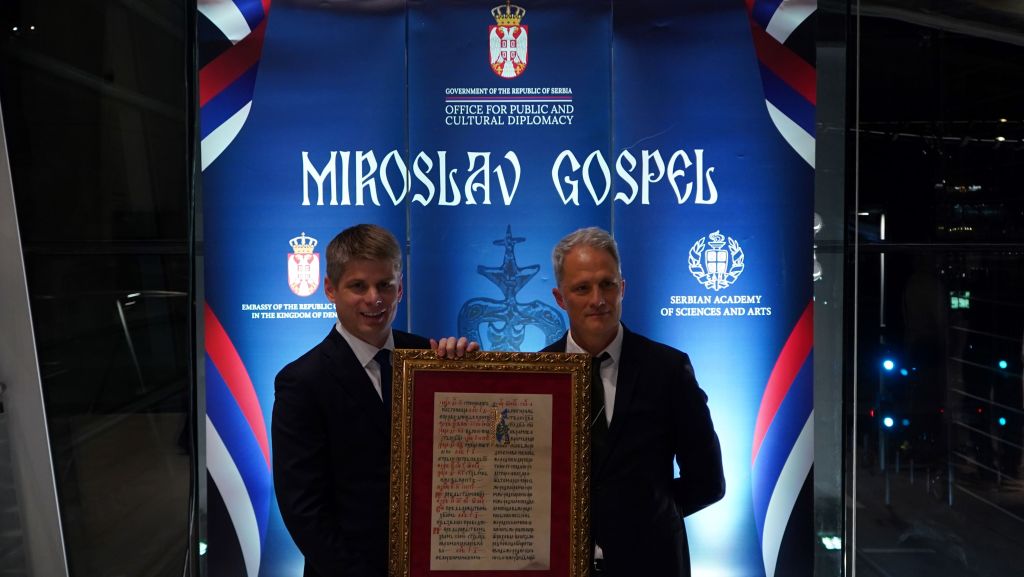 Belgrade/Copenhagen, 26 November 2024
Belgrade/Copenhagen, 26 November 2024Digital version of Miroslav’s Gospel presented in Copenhagen
-
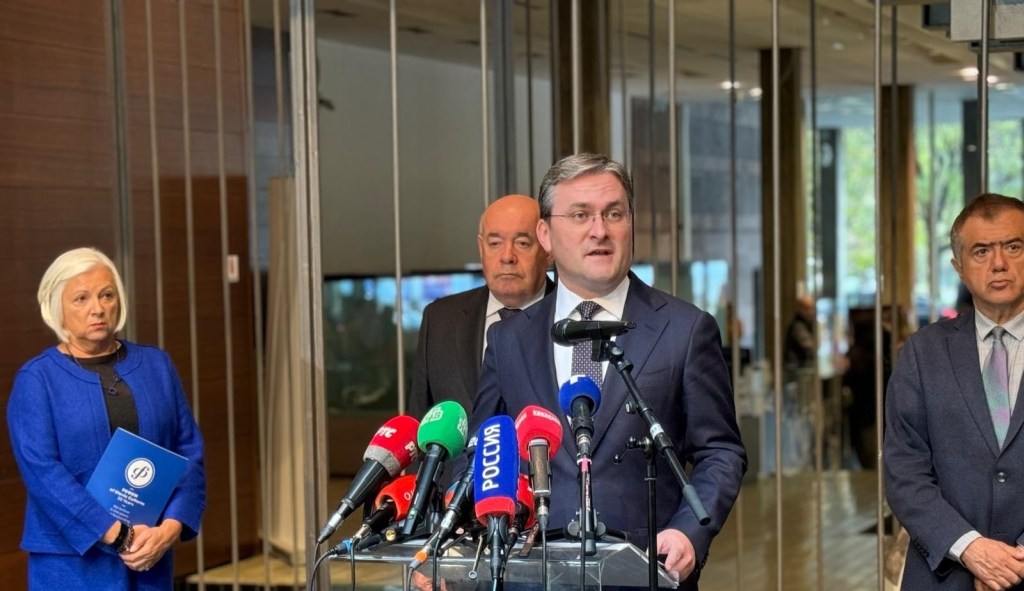 Belgrade, 13 November 2024
Belgrade, 13 November 202420th anniversary of Forum of Slavic Cultures marked







